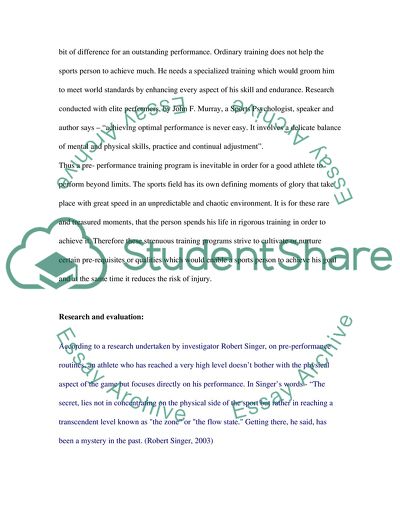Cite this document
(Pre-performance Routines in Sports Literature review, n.d.)
Pre-performance Routines in Sports Literature review. Retrieved from https://studentshare.org/sports-and-recreation/1707501-critically-evaluate-how-and-why-pre-performance-routines-are-developed-for-enhancing-sports-performance
Pre-performance Routines in Sports Literature review. Retrieved from https://studentshare.org/sports-and-recreation/1707501-critically-evaluate-how-and-why-pre-performance-routines-are-developed-for-enhancing-sports-performance
(Pre-Performance Routines in Sports Literature Review)
Pre-Performance Routines in Sports Literature Review. https://studentshare.org/sports-and-recreation/1707501-critically-evaluate-how-and-why-pre-performance-routines-are-developed-for-enhancing-sports-performance.
Pre-Performance Routines in Sports Literature Review. https://studentshare.org/sports-and-recreation/1707501-critically-evaluate-how-and-why-pre-performance-routines-are-developed-for-enhancing-sports-performance.
“Pre-Performance Routines in Sports Literature Review”. https://studentshare.org/sports-and-recreation/1707501-critically-evaluate-how-and-why-pre-performance-routines-are-developed-for-enhancing-sports-performance.


